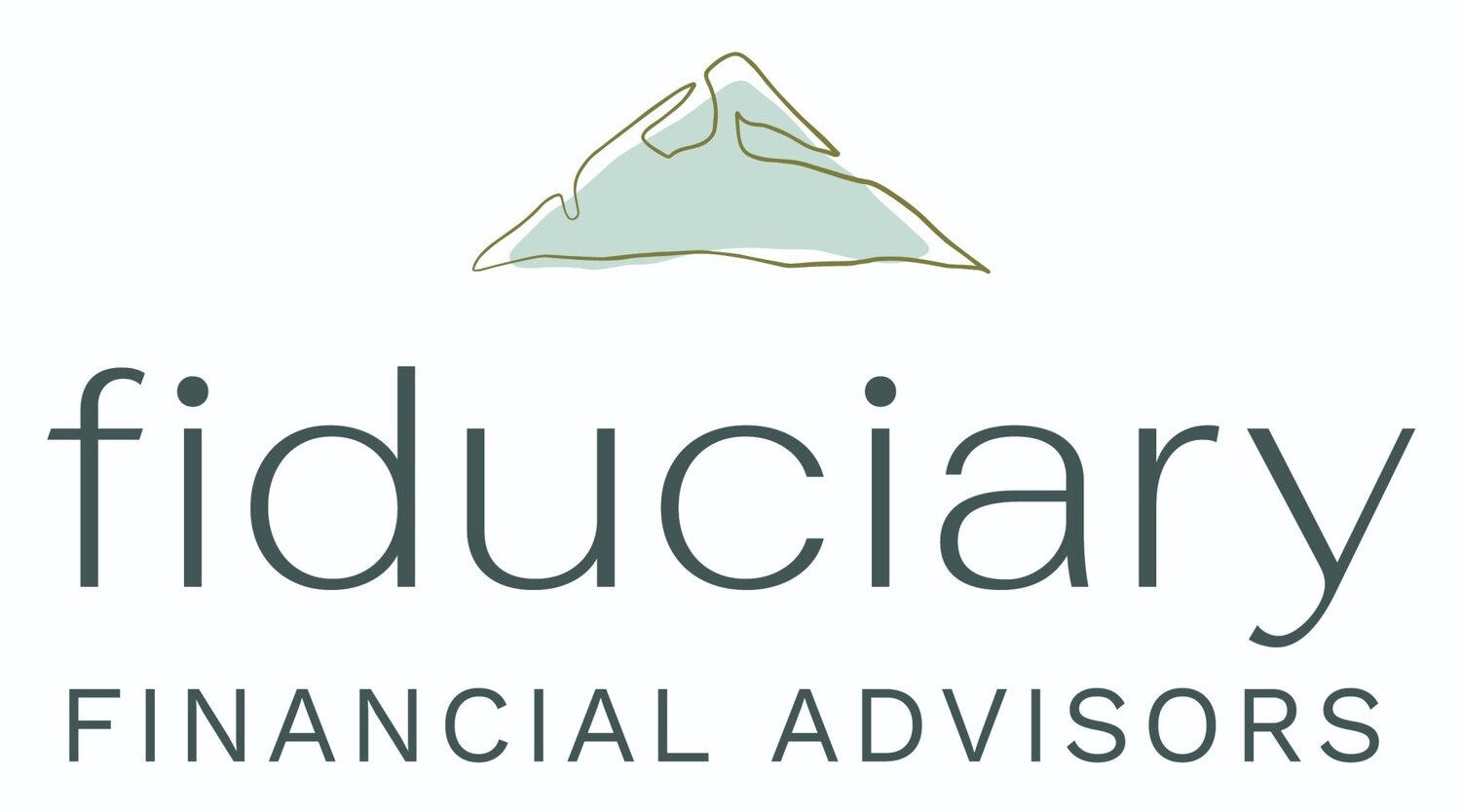2024 Tax Planning Guide for Optimal Wealth Management
/2024 Tax Planning Guide for Optimal Wealth Management
Although we are almost one full quarter through 2024, the 2023 tax season is still wrapping up. Although there isn’t much time to put into effect tax planning strategies for 2023, in this guide, we'll explore a comprehensive checklist covering essential considerations for ongoing tax planning.
Realizing Investment Losses and Managing Capital Gains Distributions
Assess Unrealized Investment Losses:
Take stock of any unrealized losses in your taxable accounts. These losses can be strategically utilized to offset gains and potentially reduce your tax liability.
Even if most of your gains are in a tax deferred account, you could consider realizing losses in a brokerage account to write off up to $3,000 against ordinary income.
Review Investments Subject to Capital Gain Distributions:
Be aware of investments in taxable accounts that may be subject to end-of-year capital gain distributions and explore strategies to minimize tax liability associated with these distributions. This may involve rebalancing your portfolio or employing tax-efficient investment vehicles.
Required Minimum Distributions (RMDs) and Anticipating Income Changes
Understand RMD Requirements:
If you're subject to taking Required Minimum Distributions (RMDs), ensure you are accurately calculating your yearly RMD across all qualified accounts.
Aggregate RMDs from Multiple IRAs:
Generally, RMDs from multiple IRAs can be aggregated, allowing for more flexibility in managing distributions.
For example, if you have one account that underperformed due to the cycle in the market, it may make sense to pull the entirety of your RMD from that account so when that sector of the market recovers, you can realize gains in a more tax-efficient manner.
Inherited IRAs cannot be included in aggregation.
Properly Handling RMDs from Employer Retirement Plans:
RMDs from employer retirement plans must be calculated and taken separately, with no aggregation allowed.
One exception exists, 403(b) plans permit aggregation of RMDs from multiple like-accounts.
Managing Tax Thresholds and Charitable Giving Strategies
If You Anticipate Your Future Income to Increase:
Make your retirement contributions to Roth accounts and Roth conversions.
If your employer only has a traditional 401(k) plan, consider making after-tax contributions if your employer’s plan allows it.
If you are over 59.5, consider accelerating traditional IRA withdrawals to fill up lower tax brackets and allow for more tax-efficient growth moving forward.
If You Anticipate Your Future Income to Decrease:
Consider minimizing your tax liability now with contributions to a traditional IRA or 401(k) instead of Roth accounts.
If You Are on The Threshold of a Tax Bracket:
Consider deferring income or accelerating deductions to optimize tax outcomes. Remember, income doesn’t only have to come from employment, so you may have to look at your investment strategy to adjust your earned income appropriately.
Explore Tax-Efficient Charitable Giving:
Investigate strategies such as gifting appreciated securities or making use of donor-advised funds to maximize tax benefits.
If you usually only take the standard deduction, consider bunching your charitable contributions every few years which may produce a greater tax savings.
Additional Savings Opportunities
Here are some more unique opportunities to save in a tax-efficient manner if you are maxing out your retirement savings accounts:
Maximize HSA Contributions:
If you have a high-deductible health plan, you can fund a Health Savings Account (HSA). The funds in this account are triple tax free (free of tax on income, growth, and withdrawal.)
In 2024, the contribution limit is $4,150 if you are single and $8,300 for a family.
Those over 55 are eligible to contribute an additional $1,000 annually.
Consider Education Savings with 529 Accounts:
You can contribute up to $18,000 annually per beneficiary in 2024.
Alternatively, you can contribute $90,000 every five years, gift tax-free.
Be aware that many of these state-sponsored plans have caps on the maximum contribution amount.
An additional benefit with a 592s; with the introduction of Secure Act 2.0, up to $35,000 can be rolled over to a Roth IRA if not used for education expenses.
If you have a Flexible Spending Account (FSA):
Explore options to utilize unused FSA funds effectively:
Some companies allow up to $610 to be rolled over into the following year.
You may also be allotted a grace period (up to March 15th) to spend unused funds.
Many companies also have a 90-day grace period to submit receipts from the previous year.
Review Your Estate Plans:
While not exactly tax-related, this is a great time of year to review your estate plan while you are collecting and reviewing your tax documents.
Some topics to keep top of mind:
Have there been any family deaths or additions that you would like to account for?
Have you bought or sold any assets that need to be correctly accounted for?
Stay Informed About Regulatory Changes:
As the sole purpose of publishing this article at this time of year goes to serve; while putting the finishing touches on your 2023 tax planning it is also a great time to forecast out through 2024.
As Federal and State regulations change, you’ll have to update your plan. By this point in the year, you should be able to get a good sense of any regulatory changes that may impact your filing status for next tax season.
Tax planning is an ongoing endeavor that spans the entire year. While having a competent CPA or EA is invaluable for maximizing deductions at tax time, your financial advisor plays a pivotal role in guiding you through the year, ensuring that your financial strategy progresses in a tax-efficient manner.
Fiduciary Financial Advisors, LLC is a registered investment adviser and does not give legal or tax advice. Information presented is for educational purposes only and does not intend to make an offer or solicitation for the sale or purchase of any securities. The information contained herein has been obtained from a third-party source which is believed to be reliable but is subject to correction for error. Investments involve risk and are not guaranteed. Past performance is not a guarantee or representation of future results.







A cash balance plan helps business owners save more for retirement while lowering taxes. With higher contribution limits than a 401(k) and tax-deferred growth, these plans offer major financial advantages. Employers fund the plan, providing stable benefits for employees. While they require annual contributions and administration, the tax savings and wealth-building potential make them a smart choice for high-income professionals.